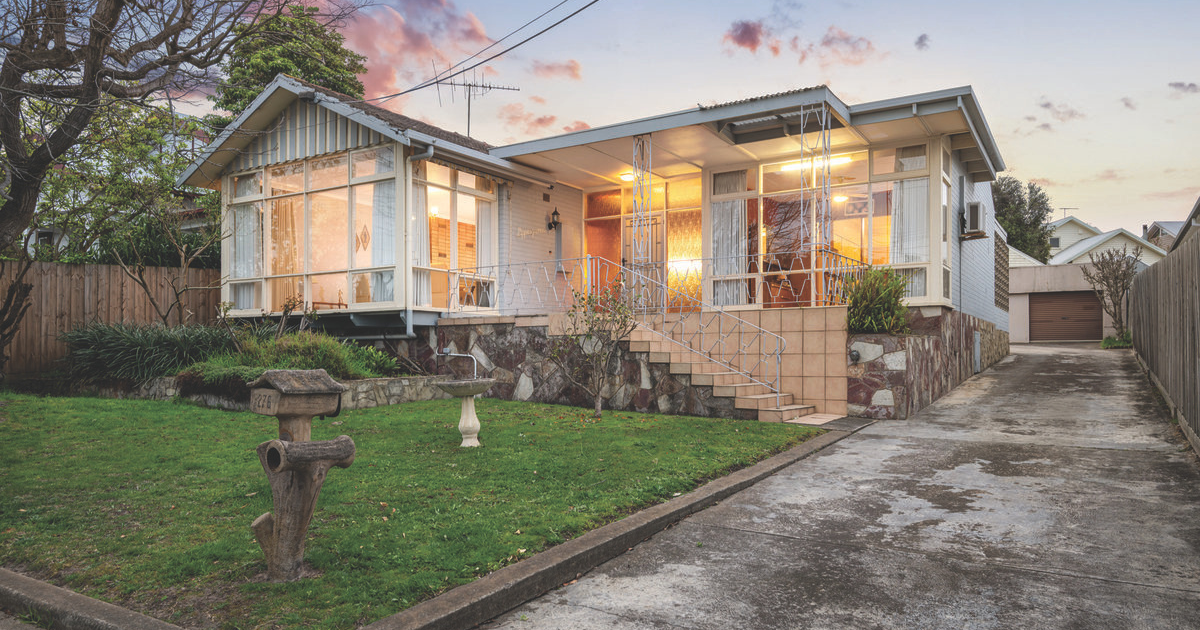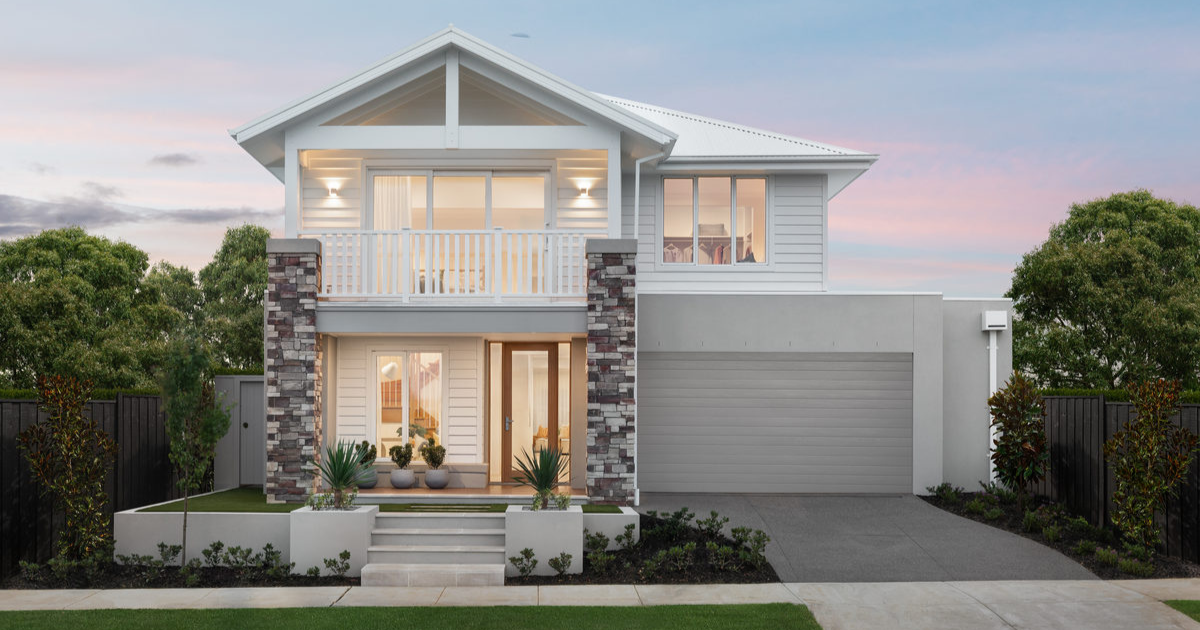Creating a Watershed at Villawood’s Wandana

Collectively, the integrated three-way water system ensures Wandana's flows are kept down to pre-development, as if it were the same grassy hillside it was before becoming the best located, and premium, residential development in the Geelong region.
Floods up north have seen councils, planners, even insurers, under siege over homes swamped by inundation.
With all the rain about, dams full and with spring deluges still to come, courtesy La Nina, water will continue to draw attention.
Villawood Properties goes to great lengths to ensure water management at its projects strikes a new level of response, and responsibility.
It’s not always easy but with ingenuity, expertise and enthusiasm, it has come up with some ground-breaking innovations.
One such effort, one which has gone largely under the radar, is a sophisticated, triple-system integrated scheme at its hillside Wandana project above Geelong.
Two hundred homes, many on steep slopes, together with roads and footpaths, provide a formidable rooftop and driveway water run-off.
While Villawood’s open-space imperative helps some of this dissipate naturally, Wandana’s tripartite approach provides a prodigious engineering solution that ticks a few environmental and community boxes as well.
A terraced series of gabion walls following the lower contours of the Wandana project is the most obvious.
Designed with Creo Consultants, this makes up a six-metre deep wetland that intercepts, retains and treats large stormwater volumes.
For the main part, however, this retarding system is a large, attractive linear park with joggers, strollers, mums, prams and kids making regular use of its amenity.
The system is climate-adaptive and water-efficient. It’s unaffected by more intense, short-burst storm events handled chiefly by Wandana’s second chief system – a massive underground tank with a football field-sized open space on top.
The underground system, designed with specialists SPEL, handles a huge 1.6 million litres via a detention tank and stormwater treatment train.
The volume it can handle alone sets the project apart as a feat of engineering.
The result mitigates any potential flow, even landslide, issues.
Water is released well below the project into a local waterway.
This features environmentally-progressive and technologically-advanced storage. Its pollutant removal reduces nutrient and other nasties by taking advantage of the natural biological and physical properties of the soil.
It recharges groundwater drinking supplies while at the same time helping maintain base flow to streams, wetlands, lakes and ponds – and countering saltwater intrusion.
Water that would otherwise end up in the sea with pollutants is instead cleaned before exiting to a nearby creek.
Kids, families and pets, meanwhile can run about or relax on the large green arena above the system, soaking up views across the Surf Coast Shire to Bass Strait.

The final part of the Wandana water triumvirate is an aerobic/anaerobic water treatment to sewerage system designed by BioFilta.
This involves 200 cubic metres of underground flood detention storage, gross pollutant capture and a 50 sqm bio-planter to biologically treat all the low flows from a steep upstream catchment.
The system includes a separate tank holding 20,000 litres of filtered water to recirculate in hot weather and keep the bio-planter species alive without the need for potable water.
It collects water from the underground stormwater system, manages treatment and retards major flood flows.
Fine silts are captured by a sand filter and soluble pollutants are treated by beneficial microbes around the plant stems and root system to protect downstream waterways from excess pollutants such as phosphorous and nitrogen from the urban environment.
The two types of microbes in the planter work like a sewage treatment plant.
Dirty water goes in at the top containing heavy metal pollutants like metal dust from roads, oil from cars, rooftop sediments and brake dust.
It stops on top and soluble pollutants soak through one set of aerobic bacteria, which transform the pollutants.
This flows to the bottom, where there’s no oxygen and anaerobic bacteria do a second job of cleaning the water.
The system itself is no more obtrusive than an ordinary streetside garden box of coastal plants that would barely draw a second glance from passers-by.
Collectively, the integrated three-way system ensures Wandana’s flows are kept down to pre-development, as if it were the same grassy hillside it was before becoming the best located, and premium, residential development in the Geelong region.
Water management like this clearly shows the way forward for housing development, and hopefully helping ease the potential problems home-owners face in this land of flooding rains.

















